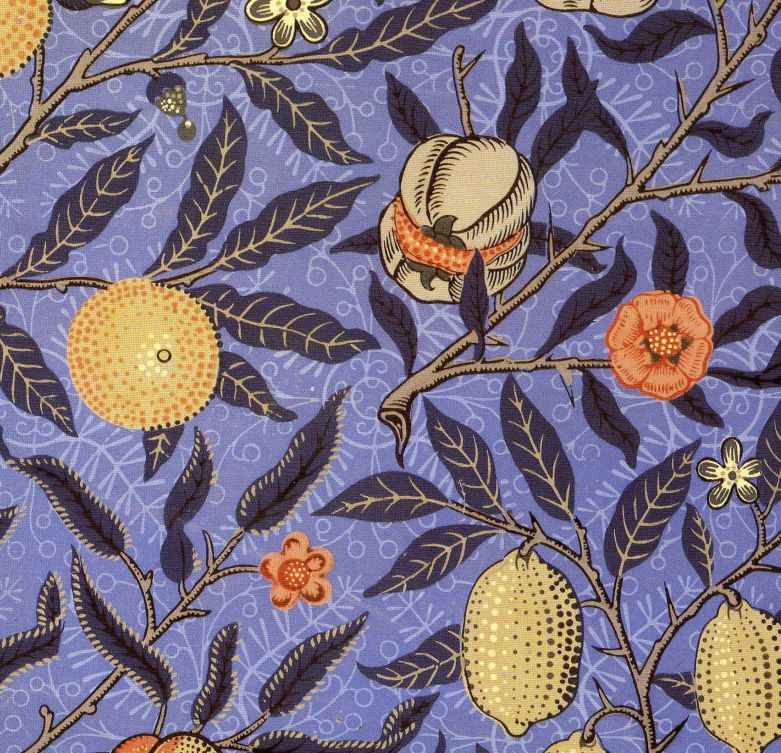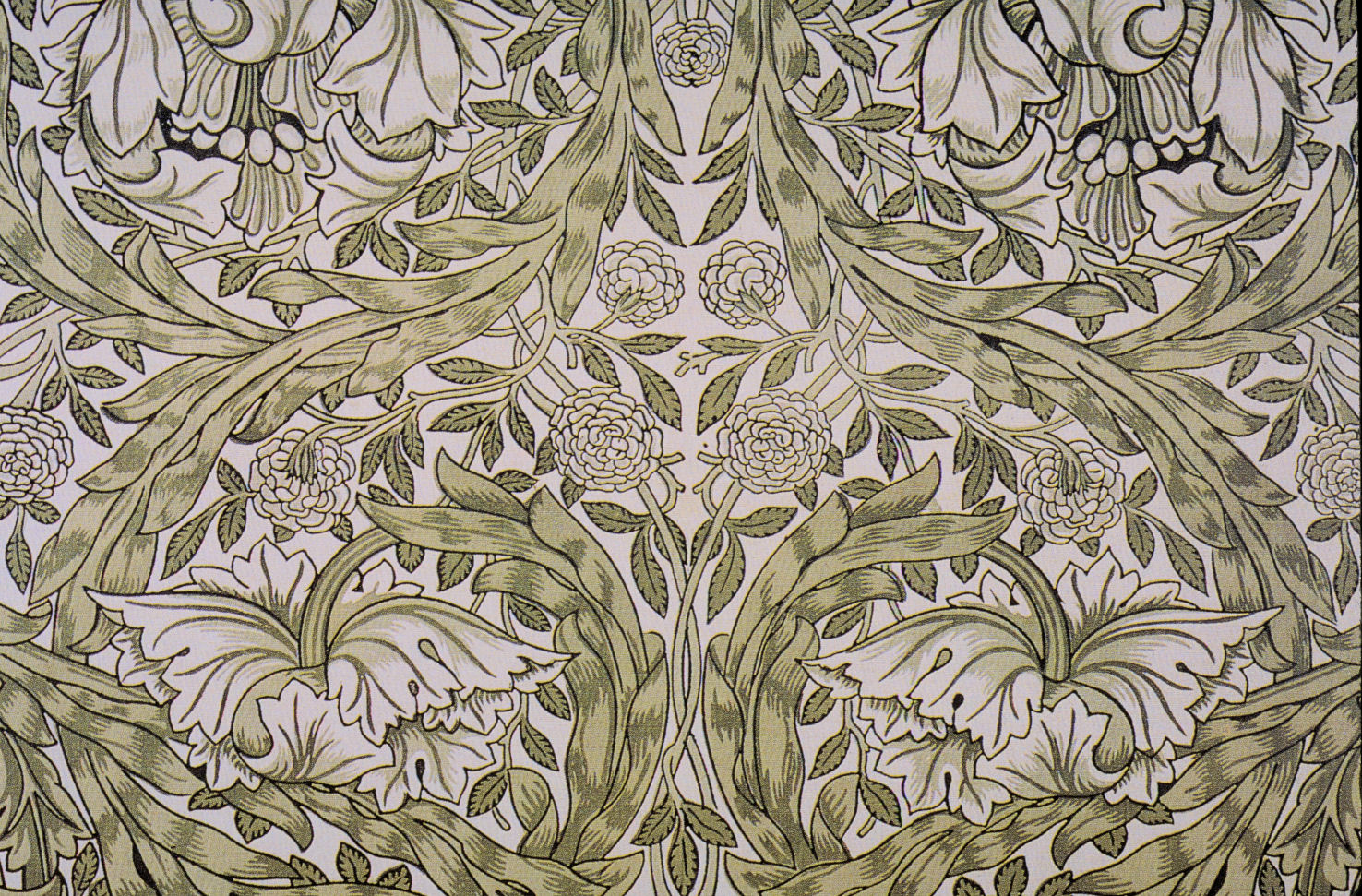William Morris, Designer & Provocateur

The best designers aren’t just designers. They’re thinkers, dreamers, makers, tinkerers, dabblers, doers, and provocateurs. Case in point? Consider William Morris, influential member of the Arts and Crafts Movement, poet, textile artist, political oppositionist, Medieval fanboy, and book cover designer. A 19th-century giant of design, Morris defied Victorian ideals of mass production and proved that the best designs always belong to the artisan, not the machine. Even today, we look to Morris’s textiles and typefaces as we try to create book covers with staying power.
Image: Victoria and Albert Museum
Morris was born in 1834 to a wealthy middle-class English family. He attended Oxford University, where he met the painter Edward Burne-Jones. Based on a shared interest in Medieval literature and stories of chivalry, Morris and Burne-Jones became lifelong friends, They eventually met other Medieval-minded students and formed a group they called the Birmingham Set. Morris’s time with the Set ignited within him a fire of political reform. Morris grew to despise the dehumanizing manner in which Victorian thought disregarded human dignity in the name of ‘progress.’ At Oxford, Morris’s political and design philosophies formed and became irrevocably intertwined: ethical, artisan-based production became Morris’s sole focus.
“Have nothing in your houses,” Morris once said, “that you do not know to be useful or believe to be beautiful.” Morris’s focus on utility and aesthetics made him a prominent figure in the Arts and Crafts Movement, a cross-continental platform for artists who wanted to dismantle the hierarchy of beauty and create useful goods that empowered the producer and the consumer. He even acquired a textile factory in which he designed and produced several mesmerizing floral wallpapers.
Owning the textile factory made Morris even more sympathetic to the plight of the Victorian worker and the environment in which he lived and toiled.
While Morris wrote poetry, painted Medieval scenes, produced wallpapers, and even stood on street corners giving speeches for the Socialist League, it is his book cover designs which perfectly express this polymath’s combined passions for Medieval values, reformed Victorian politics, and functional, beautiful designs. Credited with the creation of three distinct typefaces–Golden, Troy, and Chaucer–Morris’s work still garners scholarly work and amateur emulation today. Take, for example, Morris’s famous cover for the illustrated works of Geoffrey Chaucer.
Image: SMU
One of Morris's mantras was, "The true secret of happiness lies in taking a genuine interest in all the details of daily life." Here, we see no details are spared. Handmade designs, after all, do not have to be painstakingly simple. No effort goes unnoticed, from the border’s intricate leaf designs to the Medieval, yet somehow modern, lettering that adorns the page. In an age that prioritized mass production, Morris used these books to reintroduce the beauty of an artisan’s labor to a society of sore eyes. "History has remembered the kings and warriors, because they destroyed," Morris said. "Art has remembered the people, because they created."
The best designers allow the intangible–the political, the unspeakable, the stuff of legend--to inform the visual. They blend the past and the present and, in so doing, create the future. Such is the legacy of William Morris, a designer who refused to be only a designer. And for such versatility, the world gains another ounce or two of beauty.
Mary Ryan Karnes is a freelance writer and a Master's candidate in fiction at the University of Southern Mississippi.



